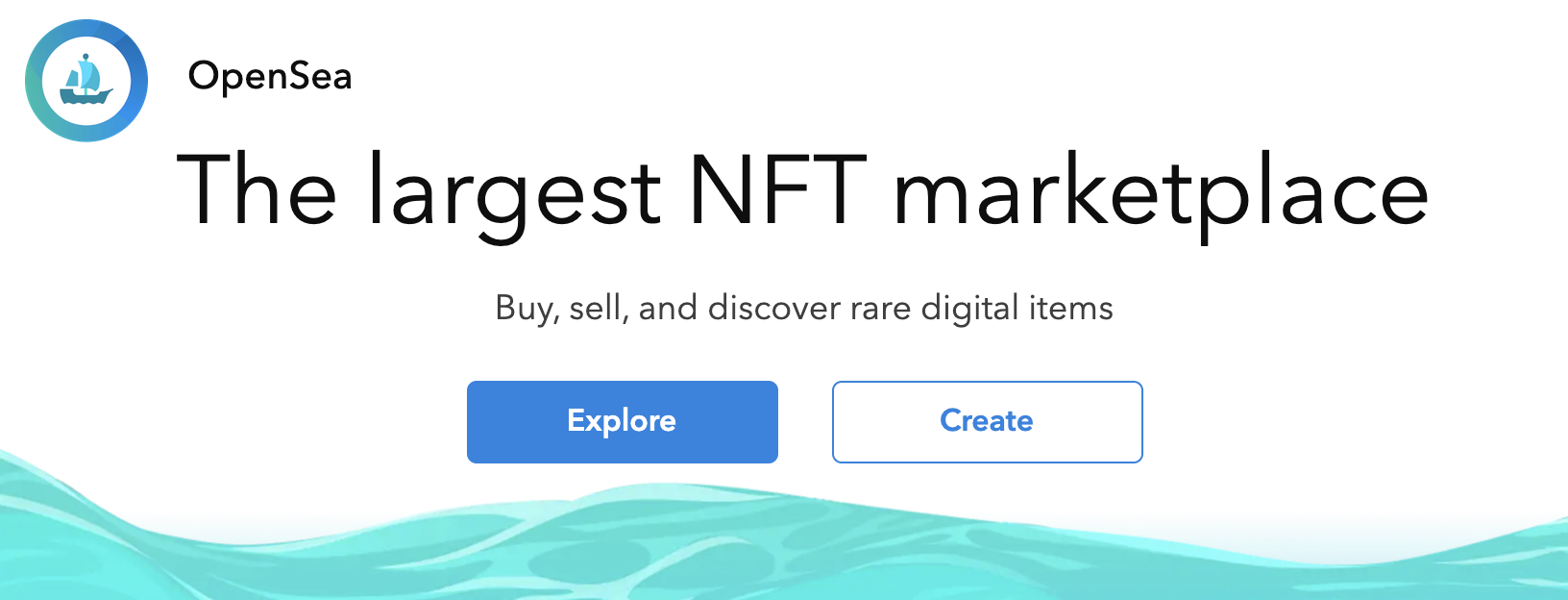Blockchain technology continues to surprise us with new use cases that, in addition to the technological possibilities it offers us, are also used to generate value and promote new opportunities.
By now we will all know that blockchain technology is an interconnected system that allows secure and traceable transactions between people around the world in a decentralized way; and it is on these networks that this concept of a single, indivisible and transferable token has emerged.
What is an NFT
A non-fungible token or NFT is a special type of cryptographic token that represents something unique, indivisible and interchangeable. In contrast to fungible cryptocurrencies or tokens like Bitcoin, Ethereum or USDT which are fungible by nature.
With these characteristics, an NFT can represent a wide range of elements from the real or virtual world as well as their characteristics: such as a numbered ticket to a concert, a property document or a special edition disc numbered and signed by the artist.
NFT-based projects

CryptoKitties is an NFT-based game on the Ethereum network, it allows players to buy, collect, breed and sell virtual cats. It was one of the first projects to implement blockchain technology for recreation and leisure.

Aloha is the first decentralized project to offer peer to peer WiFi access points. Users can share their WiFi access points in exchange for receiving fungible tokens and NFT. These NFT tokens can be used later to make decisions about the future of the project, promoting the empowerment of its users and investors.

Given the success of the NFTs, the purchase and sale of this type of tokens has become one of the markets with the most growth. So much is the supply and demand that projects like OpenSea or Rarible have emerged as marketplace where users can offer and buy NFT from different projects on a single website.
Future of NFTs
Although currently most projects that make use of this type of token do so in the field of graphic art and collectibles, this is only one of the many uses that this technology has.
Applications such as the physical identity of people, the issuance of numbered tickets for a raffle or an event, the registration of a property or the membership card of an association are some more examples of the possibilities of use that NFTs have and that still are about to explode.
Likewise, the world of video games also has a great way to explode in this technology. Games like World of Warcraft or Minecraft, based on the construction or acquisition of items in-game that can be collected and interchanged, can make use of the NFTs so that these elements can be really owned by their users and make use of these outside the own universe of the game, creating a world of infinite possibilities of interoperability.
What I’ve seen so far this is just the beginning.
Header image: Vector de Dinero created by freepik - www.freepik.es

